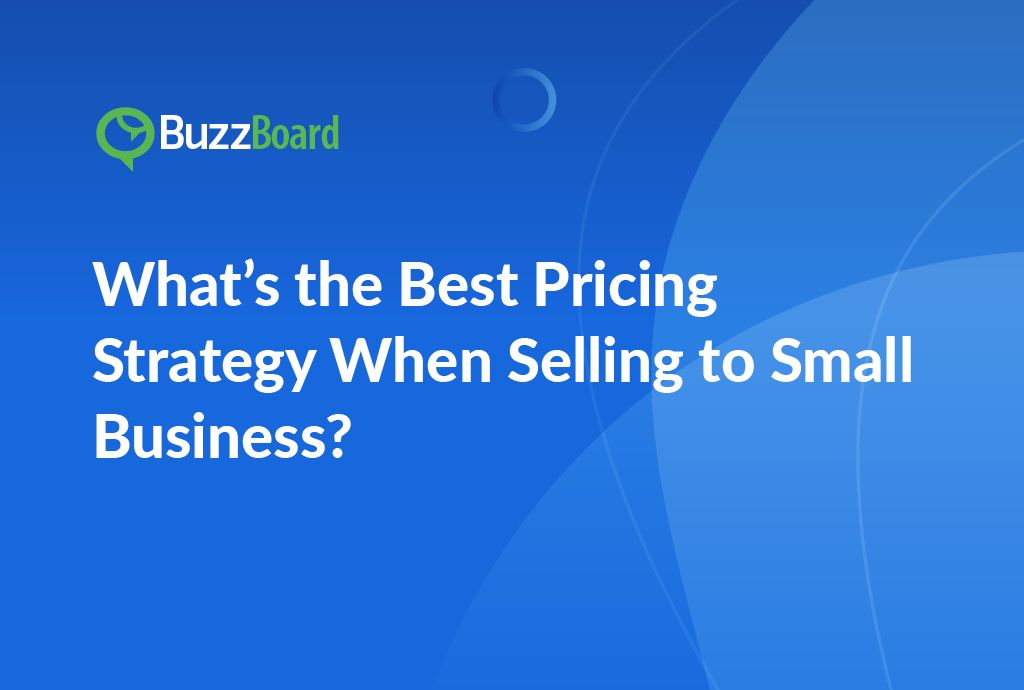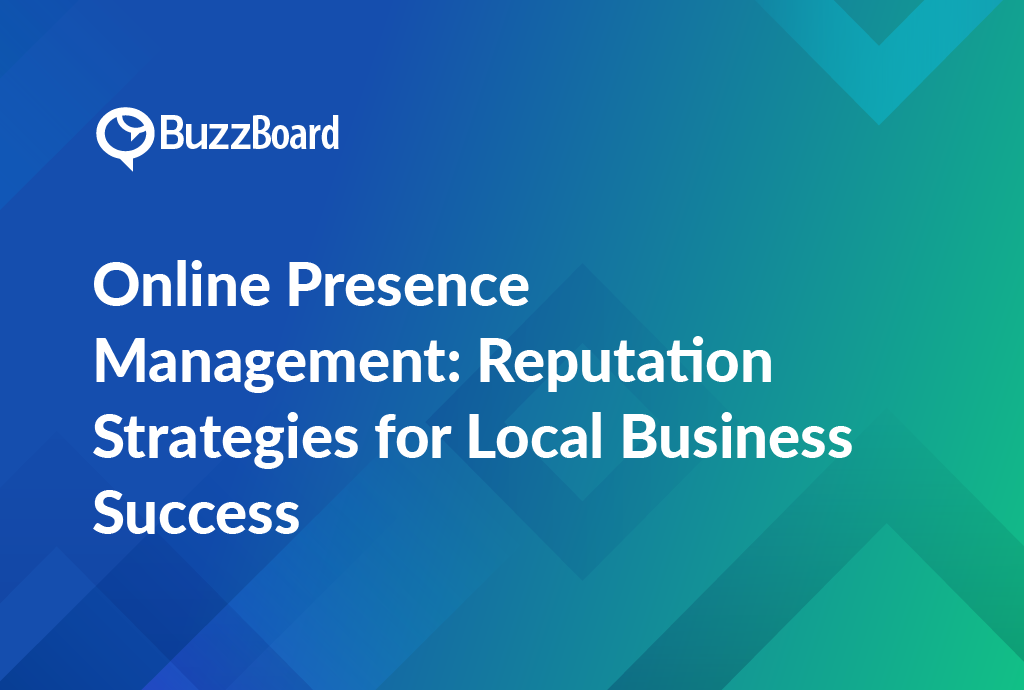Decoding the Most Efficient Pricing Strategy for Small Businesses
The process of proficiently selling to small businesses typically starts with developing an efficient pricing strategy. A smart pricing strategy not only situates your product or service within a desirable bracket for your target audience, but it also ensures that the proposition is in sync with your business objectives.
A clear comprehension of pricing dynamics and their role in promotional strategy can significantly impact profitability. For example, enacting a competitive pricing strategy can be favorable for small businesses functioning in markets already saturated. This tactic concentrates on setting a price that is identical to or even lower than competitors, appealing to cost-aware small businesses.
Conversely, a premium pricing strategy may be highly effective if you’re offering sophisticated, niche services, and your target clientele values quality over cost.
Discounting is another prevalent pricing strategy, often employed to promote new products or quickly boost sales. However, it demands careful management to ensure your product or service’s perceived value isn’t compromised.
Keep in mind, when pricing for small businesses, it’s vital to think beyond pure figures. It’s about effectively communicating value, verifying that clients understand what they’re getting, and illustrating how the proposition aligns with their business needs. Regular testing and tweaking are essential to pinpoint the perfect pricing.
Stay tuned for more updates on crafting successful strategies for selling to small businesses.
Examining the Dynamics of Pricing and Promotion While Selling to Small Businesses
As sales professionals pitching to small businesses, understanding the dynamics of pricing and promotion is crucial. The effectiveness of your selling strategy depends on your ability to adapt your pricing models and promotional tactics to the unique situations these businesses face.
A study by McKinsey & Company indicated that using a conventional “one-size-fits-all” pricing strategy can backfire when selling to small business owners. Instead, a tailored pricing model that considers the limited budgets and specific needs of these businesses can be more successful.
Promotion is just as critical when selling to small businesses. Understanding their operations, budgets, and challenges allows you to create a promotional strategy that addresses their needs while showcasing your services as a cost-efficient solution. For example, a bundled service promotion could appeal to small businesses aiming to maximize value.
However, your expertise shouldn’t be confined to selling. Play a significant role in understanding and helping these businesses achieve their goals. As salespeople, our potential to enhance the small business ecosystem is huge, by crafting thoughtful pricing and promotional strategies that create win-win situations.
For more guidance, refer to our comprehensive guide, “How to Tailor your Pricing Strategy for Small Businesses. By mastering these principles, we can provide more value and foster stronger relationships with our small business clients. Remember, each small business is unique; thus, each strategy should be as well.
Comparative Analysis of Different Pricing Strategies for Small Businesses
In the cutthroat world of digital marketing, mastering effective pricing strategies for small businesses could mean the difference between your agency’s success or failure. Every small business is an individual, as are its patrons, so a one-size-fits-all pricing strategy does not exist. However, comparative analysis could provide insight and assistance for your pricing approach.
For instance, cost-based pricing involves setting prices according to the cost of production plus a desired profit margin. While it ensures that costs are covered, it fails to consider market demand and value perceptions. However, this strategy may work well in highly commoditized markets where competition is predominantly price-focused.
On the other hand, value-based pricing sets the price according to the customer’s perception of value. Although more complex, it offers higher profitability potential as it directly relates to customer demand. If your small business client offers unique products or services, implementing this may require more market research but could be well worth it.
Competition-based pricing sets the price according to competitor prices – a strategy suitable for products or services with little differentiation in the market.
Lastly, penetration pricing is a strategy where initial prices are set low to attract customers, then raised after a promotional period. This works well in saturated markets and for new businesses trying to break into the market.
As a salesperson at a digital marketing agency, understanding these strategies and choosing the best fit for your client’s industry is crucial. It can enhance your sales approach to small business and put your agency on top.
Discover how to adjust these strategies effectively on our blog. Elevate your digital marketing services and help small businesses excel in their markets.
Successful Case Studies of Selling to Small Business with Effective Pricing Strategies
In the dynamic market ecosystem, small businesses often serve as untapped profit opportunities for savvy digital marketers. However, the art of selling to these enterprises requires an understanding and application of effective pricing strategies that can dramatically enhance sales efforts.
Shopify, a leading e-commerce platform, is a prime example of a firm utilizing such pricing strategies when selling to small businesses. Acknowledging the varying financial capabilities of small businesses, Shopify implemented a tiered pricing strategy for its various offerings. This strategy, which includes Basic Shopify, Shopify, and Advanced Shopify tiers, allows businesses to select a tier suitable for their budget and needs, placing Shopify as a suitable choice for a diverse clientele.
Similarly, HubSpot, a renowned marketing, sales, and service platform, leveraged a freemium pricing strategy. This approach offers basic services for free, while premium features come at a cost. It allows small businesses to test the service without financial commitment, fostering trust, and ultimately leading to conversions.
Both examples illustrate how effective pricing strategies are pivotal to sales success. Understanding client needs, budget constraints, and value perception is crucial when forming pricing strategies for small businesses.
Useful insights from such case studies can help shape your companys strategy when selling digital marketing services to small businesses. Keep exploring to find more strategies that can streamline your pricing and boost sales.
Stay relevant, devise intelligent strategies, and watch your sales figures soar.
Evaluating the Pros and Cons of Various Pricing Strategies for Small Businesses
When catering to small businesses, establishing the most effective pricing strategy can be a lynchpin for success. We’ll examine the pros and cons of various strategies for setting prices.
1) Cost-plus pricing: This simple, widely-adopted pricing technique involves adding a markup to the cost of a product or service. Its principal benefit is its simplicity – it ensures the business compensates adequately for all costs. However, it doesn’t consider supply, demand or competitor pricing tactics, potentially derailing your business.
2) Value-based pricing: This strategy prices a product or service based on the perceived value it provides a customer. Its primary advantage? The potential for higher profit margins. But quantifying perceived value to automate pricing can pose challenges.
3) Competitive-based pricing: Leveraging this approach involves pricing a product or service comparably to competitors, putting the business in a favorable light in the market. It capitalizes on competitors’ research, saving time and effort. The flip side? It can undervalue products or services and instigate price wars.
4) Penetration pricing: This method sets low prices for new products or services to attract customers and secure a market position. The promise of high sales volume is appealing, but the risk of low profitability is often a stumbling block.
Developing an effective pricing strategy is crucial when selling to small businesses, with considerable impact on your bottom line. Learn how to apply these strategies to propel your business.
For more on pricing positioning for small businesses, check out our informative guide.







